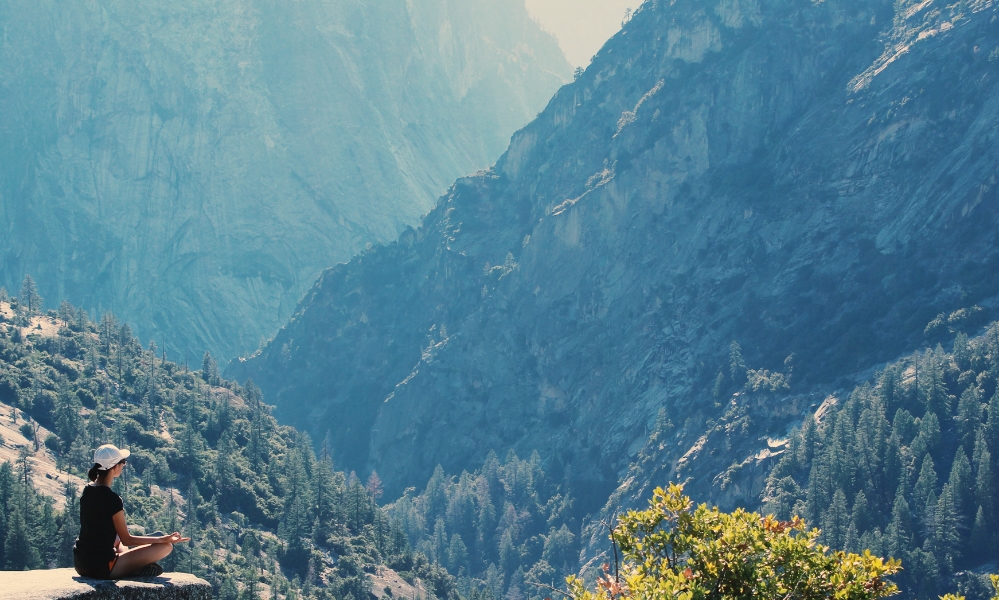
What is this mindfulness thing anyway? You see it everywhere now. Magazines. Talk shows. Entire books written on the subject. For me mindfulness and meditation have played a huge role in my self care journey. I’ve become a much better listener. I respond more to life now instead of dramatically reacting. I sleep better. And I’ve even used mindfulness to make better choices with food – I’ve lost 15 pounds over the past year. My mindfulness practice has helped me be more present for the ones I love and is the cornerstone to my embracing the aging process with grace and dignity.
Could mindfulness help you?
I started my mindfulness practice over 5 years ago incorporating meditation into my life and studying Dr. Jon Kabat-Zinn’s book “Full Catastrophe Living, Using the Wisdom of Your Body and Mind to Face Stress, Pain and Illness.” Dr. Kabat-Zinn is Professor of Medicine Emeritus at the University of Massachusetts Medical School and created the Mindfulness Based Stress Reduction (MSBR) training, the 8-week program now taught in thousands of hospitals, hospices, and clinics world-wide.
This program has been studied scientifically and found to improve physical symptoms (such as chronic pain, high blood pressure, shortness of breath and insomnia) and to decrease emotional and psychological distress (such as anxiety and depression).
You don’t need to look far to see more and more examples of how mindfulness meditation is being used by young and old alike to better their lives. It’s in the news almost every day.
Twelve boys and their coach who were trapped in a cave in Thailand for 18 days used meditation to survive the ordeal. The 25-year-old coach and his players, who are between the ages of 11 and 16, were exploring an underground cave after practice when it flooded with monsoon rain. British divers finally found the group sitting in the dark, meditating. Evidently the coach had been a Buddhist monk and used his experience to calm the boys, reduce their fears, and keep them focused on a positive outcome. Some are saying that the mindfulness meditation the coach taught the boys saved their lives.
Now that’s powerful. And if young boys can learn this mindfulness stuff, shouldn’t we be able to handle it?
Not that I plan to be lost in a cave with very little food and water soon, but I do know that life is filled with stress and pain and negative experiences. And I want to be able to have as many tools in my tool box as possible to deal with whatever life plans to throw my way.
So I took the MSBR Training program last year through my local Hospice and was able to incorporate much of what I learned into my daily mindfulness practice. We started by studying what Kabat-Zinn calls the 9 attitudinal factors of mindfulness. These are the major pillars of the practice and I believe, the perfect place to start to learn how to incorporate mindfulness into your life.
They are Acceptance, Beginner’s Mind, Letting Go, Non-judging, Non-striving, Patience, Trust, Gratitude and Generosity.
For the next few posts I’ll l share these 9 pillars and what they mean to me. I hope by doing this, you’ll have a better understanding of what mindfulness is and how you can add it to your own self care journey.
For a great way to get started, try doing this 9-minute guided body scan meditation once a day at The Wild Divine
For more ways to self-care go to Fuzzy Red Socks

